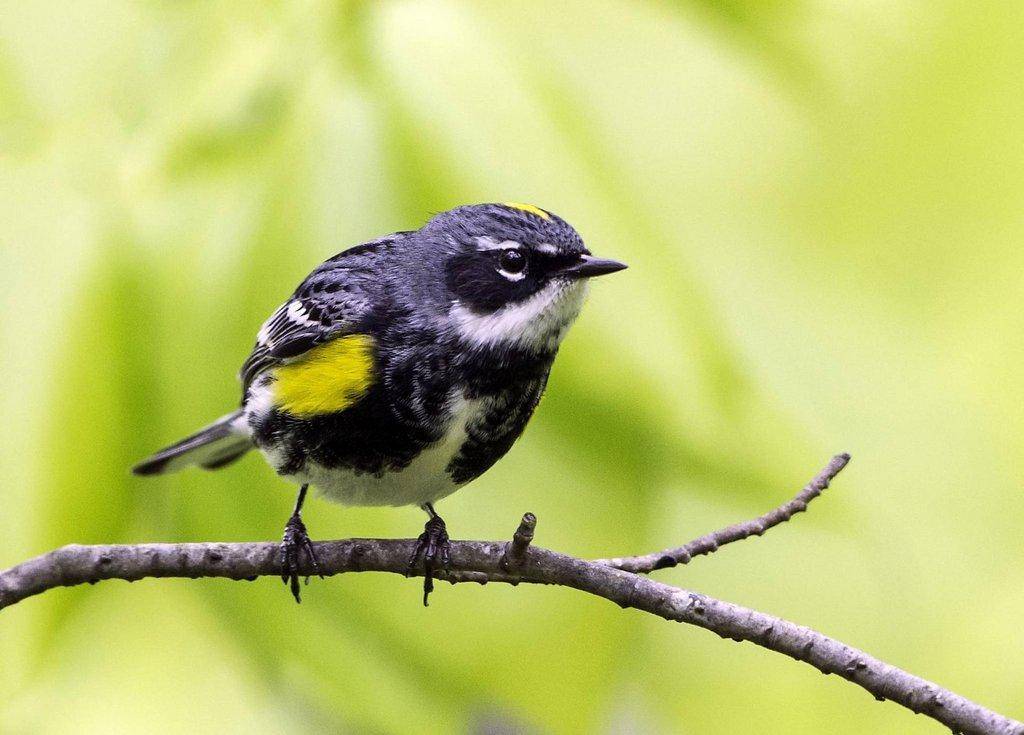DWR News Release
SALT LAKE CITY — Spring is here, which means wildlife migrations are in full swing. Bird-watching is a great opportunity to enjoy wildlife — and it’s an activity you can do right from the comfort of your own home while you are social distancing!
Robins are currently migrating through Utah in large numbers and are a popular bird species to see in neighborhoods. Hummingbirds and mourning doves will also start migrating through Utah soon as well and are commonly seen in backyards.
Here are some tips to improve your bird-watching from home:
Attracting birds to your yard
If you want more birds to use your backyard as a pit stop or nesting place, a good way to attract them is by installing some bird feeders. You can buy some online or even make your own pretty easily. The best bird seed varieties typically consist of black oil sunflower, white millet, cracked corn or any bird seed mixes sold at local stores (you can often find them at feed stores like C-A-L Ranch or IFA Country Store.) Hummingbird feeders are a little more specialized and require nectar instead of seeds. You can even make your own nectar (essentially just sugar water.) Here is a recipe from the National Audubon Society.
“Hummingbird feeders are my favorite because hummingbirds are a lot of fun to watch and will often get really close to you,” Blair Stringham, DWR Migratory Game Bird Program Coordinator, said. “A variety of sparrows, goldfinches, chickadees and other perching birds are often attracted to feeders too.”
Homeowners should note that while bird feeders attract feathered species, they can also attract unwanted wildlife like bears or raccoons. If you live in the foothills or other mountainous parts of the state, it’s recommended to remove or properly secure bird feeders at night.
Another good way to attract birds to your home is by putting a bird bath in your yard.
“Bird baths can be really fun to have because you get to see the birds splash in water,” Stringham said.
Planting native plants can also increase the variety of birds you have in your yard. Some good plants to attract birds are berry-producing shrubs, lilacs and conifer trees. You can find more information on the DWR website about the types of vegetation to plant to attract birds and how to landscape your yard to be wildlife friendly.
Homeowners should note that baby birds and nests with eggs are protected under the federal Migratory Bird Treaty Act. You are welcome to prevent birds from nesting on or in your home, but once there are eggs or baby birds in the nest, you must wait until they have left the nest before removing it.
Online bird-watching resources
There are several good online resources to learn more about different bird species and to help you identify the birds you do see in your yard, including the All About Birds website and the Utah Birds website.
If you need more bird-watching action, you can also watch a live online video feed of sandhill cranes and other wildlife at the Swaner Preserve and EcoCenter near Park City. The livestream, hosted by Utah State University, currently shows sandhill crane parents taking turns incubating an egg in a peaceful, marshy area of the reserve. You can watch the livestream here.

